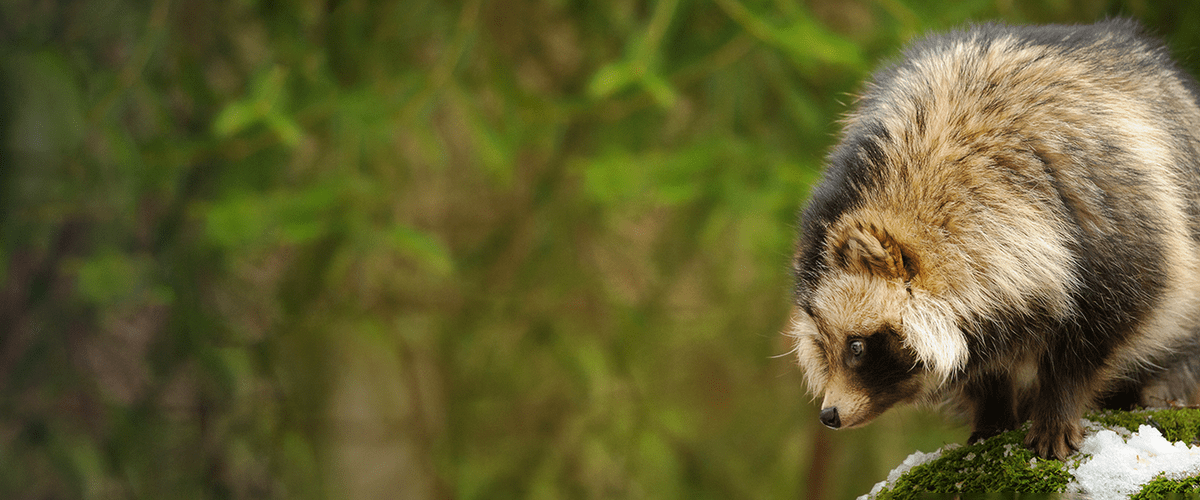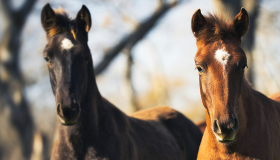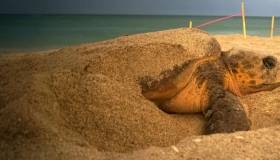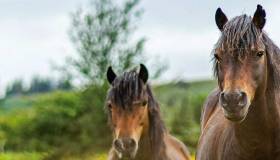
DENVER/March 17, 2022 – The first comprehensive study of international literature on wildlife rehabilitation shows that human activity is one of several factors that influences outcome for injured or displaced wildlife.
The study was conducted by Morris Animal Foundation-funded researchers from the University of Sydney, Australia, as part of a grant focused on the effects of Australian bushfires on native fauna. The team analyzed data collected from 112 published studies, focusing on intrinsic and extrinsic factors associated with survival. Their findings are published in the journal PLOS ONE.
“Not a lot is known about these factors for survival of rescued wildlife, so it was important to systematically look at the available data to identify factors associated with survival,” said Dr. Holly Cope, a postdoctoral research associate at the University of Sydney, Sydney School of Veterinary Science, and one of the paper’s authors. “Natural disasters and extreme weather events are escalating, and urbanization is expanding, so there will be more and more animals needing rescue and rehabilitation. Wildlife personnel need to be aware of the data to improve triage and care protocols.”
The study found that mammals and birds are equally likely to survive all stages of rehabilitation, but survival rates varied between locations. Human activity, such as motor vehicle collisions and domestic animal attack, accounted for 45% of the reported causes of death and injury either pre-rescue or after release.
“Human-related activities were frequently cited as an important factor related to initial injury and long-term survival,” said Cope. “We need to be mitigating these threats in the first place to reduce the number of animals that need rescue.”
The University of Sydney team studied a vast array of animal species, focusing on factors such as the reason for entering rehabilitation, duration of therapy and outcomes.
The results identified five clear categories of factor that can impact survival outcomes for rescued wildlife that must be addressed by rehabilitators: event (such as an oil spill or fire), individual animal factors (such as whether they are nocturnal or diurnal animals, where they reside in the food chain), intervention performed, release environment (such as the quality of food or nesting resources available), and the human-wildlife interface (such as whether there are domestic animals or automobiles near the release area).
“We need scientists and wildlife rehabilitators to continue to work together to learn more about factors that can lead to more successful rehabilitation outcomes,” said Dr. Catherine Herbert, Associate Professor at the University of Sydney School of Life and Environmental Sciences and another of the paper’s authors. “Ultimately we want to do what is best for the animals in our care.”
About Morris Animal Foundation
Morris Animal Foundation’s mission is to bridge science and resources to advance the health of animals. Founded in 1948 and headquartered in Denver, it is one of the largest nonprofit animal health research organizations in the world, funding more than $142 million in critical studies across a broad range of species. Learn more at morrisanimalfoundation.org.




